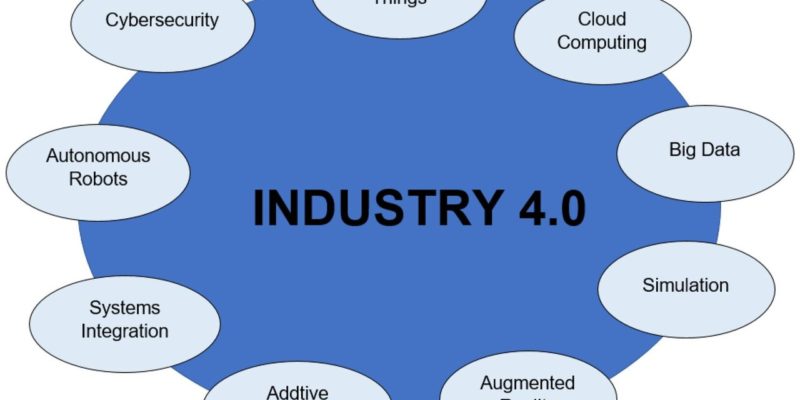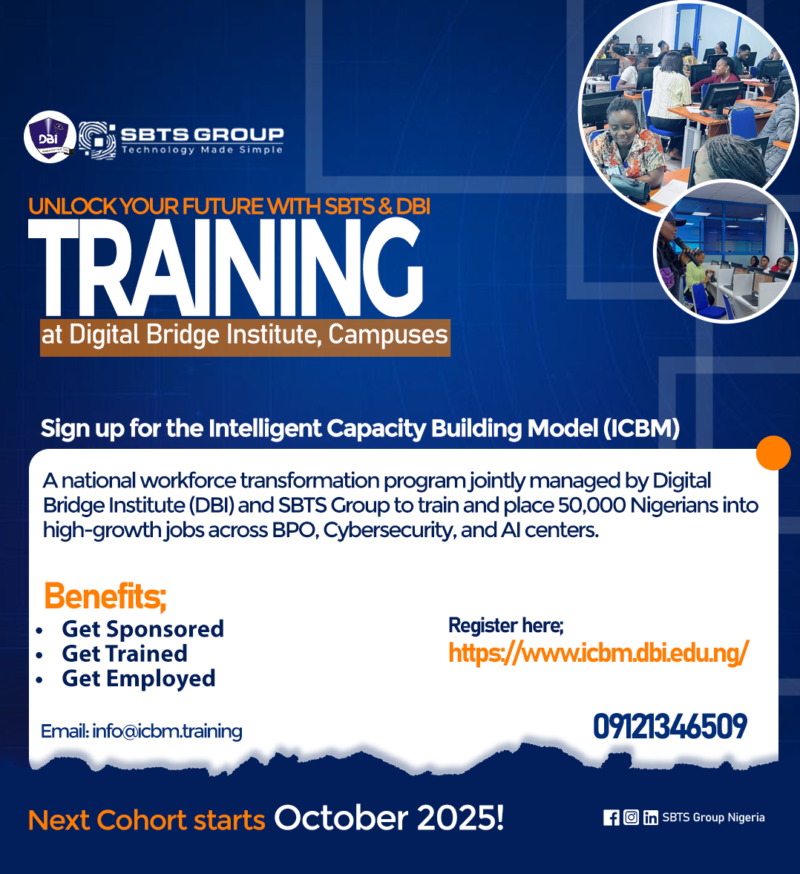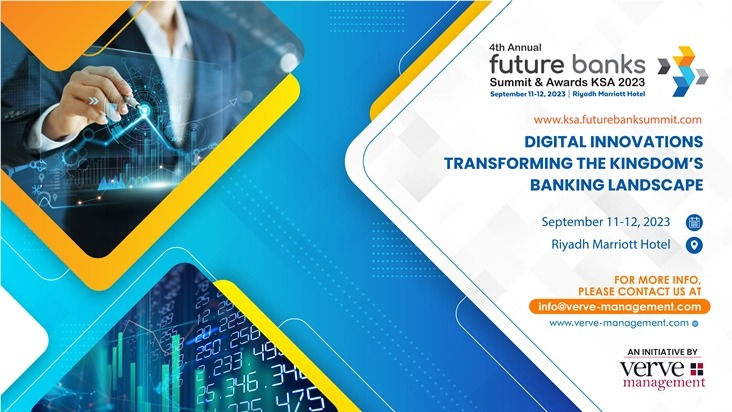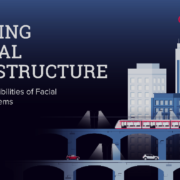There is a stark disparity between expectation and reality that forces the business to ask – what is the true value of digital transformation?
Enterprise-wide digitisation has evolved from a competitive advantage to an absolute necessity and yet, amidst its promises and whispers of transformation, digital hasn’t delivered. Of the 89% of companies undertaking digital and AI transformations, only 31% of expected revenue lift has been captured and a mere 25% of anticipated cost savings, according to Harvard Business Review.
RELATED: Digitally transforming the enterprise
It is an ongoing disparity between expectation and reality, says Mandla Mbonambi, CEO of Africonology, that should be forcing more in-depth analyses around the true value of digital transformation and how organisations can realistically capture it.
Metrics for measuring digitisation
Traditional metrics for measuring digitisation often fall short. Deloitte’s research reveals that while 81% of companies measure DX against productivity, 73% struggle to establish precise metrics for their implementations’ value.
“Digital transformation isn’t just about implementing new technologies, it’s about reimagining how the business operates in a digital-first world,” Mbonambi continues.
“The value lies in not simply digitising existing processes, but in creating an organisational architecture that enables continuous adaptation to market shifts and technological change.”
This perspective aligns with Forrester’s description of digital transformation as the ‘necessary but challenging journey of operating digital first’ using the right technologies to ensure the business remains responsive to change. Similarly, KPMG’s 2023 CEO Outlook found that most leaders now recognise digital transformation as not a one-off project but a consistent evolution that adapts to business needs iteratively and intelligently.
Digitisation and the ‘transformation paradox’
Perhaps one of the most compelling insights from current research is what’s called the ‘transformation paradox’: despite unprecedented investment in digitisation – projected to reach $3.9 trillion by 2027 according to Statista – success remains elusive. The reasons for this elusiveness are found in the challenges that companies face.
“When executives have competing priorities or different visions, it creates a cascade of problems through the organisation,” says Mbonambi
. “This is further complicated by legacy system integration, which remains a persistent obstacle, with issues that range from poorly managed data migration to incompatible system architectures and insufficient testing protocols.”
Unrealistic timelines and expectations
Companies are also unrealistic about timelines and expectations; not realising exactly how long and complex the process can be and this can lead to rushed implementations that compromise quality and security. As Mbonambi highlights, modern digitisation journeys require companies to move beyond the hype-driven implementation of technology towards a wholesale approach that prioritises integration.
“Technology must serve your company’s needs in a holistic and relevant way, rather than forcing it to contort around the latest technology trends,” he adds.
Features of successful digital transformations
What distinguishes successful digital transformations from the 88% that fail is a fundamental shift in approach. Moving away from technology-led initiatives to purpose-driven transformations anchored in clear business objectives. This approach requires organisations to ask deeper questions such as:
- Are business processes optimised to leverage data for personalised customer interactions?
- Can leadership tap into real-time data to pivot strategy in response to market shifts or unexpected disruption?
- Can you provide everything as a service (XaaS)?
“The answer should be yes. To everything. Survival demands digital,” Mbonambi says. “But achieving this requires more than technology adoption, you need a strategic framework that aligns technology investments with business objectives while ensuring smooth integration across the enterprise.”
The most successful organisations are achieving this through composable enterprise architectures built on API-led connectivity, which has been shown to reduce integration costs by 30%. This approach creates reusable building blocks that accelerate innovation while providing the deployment flexibility needed across cloud and hybrid environments.
True value of enterprise-wide digitisation
The true value of enterprise-wide digitisation emerges when organisations shift from viewing it as a technological upgrade to recognising it as a strategic reimagining of the business. This value manifests in three distinct dimensions:
- Operational resilienceThe capacity to maintain productivity and service delivery despite disruption—whether from market shifts, competitive pressures, or unexpected crises.
- Strategic agilityThe ability to pivot quickly in response to emerging opportunities or threats, leveraging real-time data and integrated systems to inform decision-making.
- Innovation capacityThe ability to continuously evolve products, services, and business models in response to changing customer expectations and technological possibilities.
Together, these dimensions create a digital ecosystem that delivers not just efficiency gains or cost savings, but fundamental business transformation. They enable organisations to “uberize” their operations, creating platforms that can rapidly respond to market needs while continuously evolving their capabilities.
“Digital transformation isn’t about singular technological implementations—it’s about creating an adaptive organisation capable of continuous evolution. The true value isn’t measured in quarterly returns, but in sustained competitive advantage and organisational resilience over years and decades,” says Mbonambi.






























